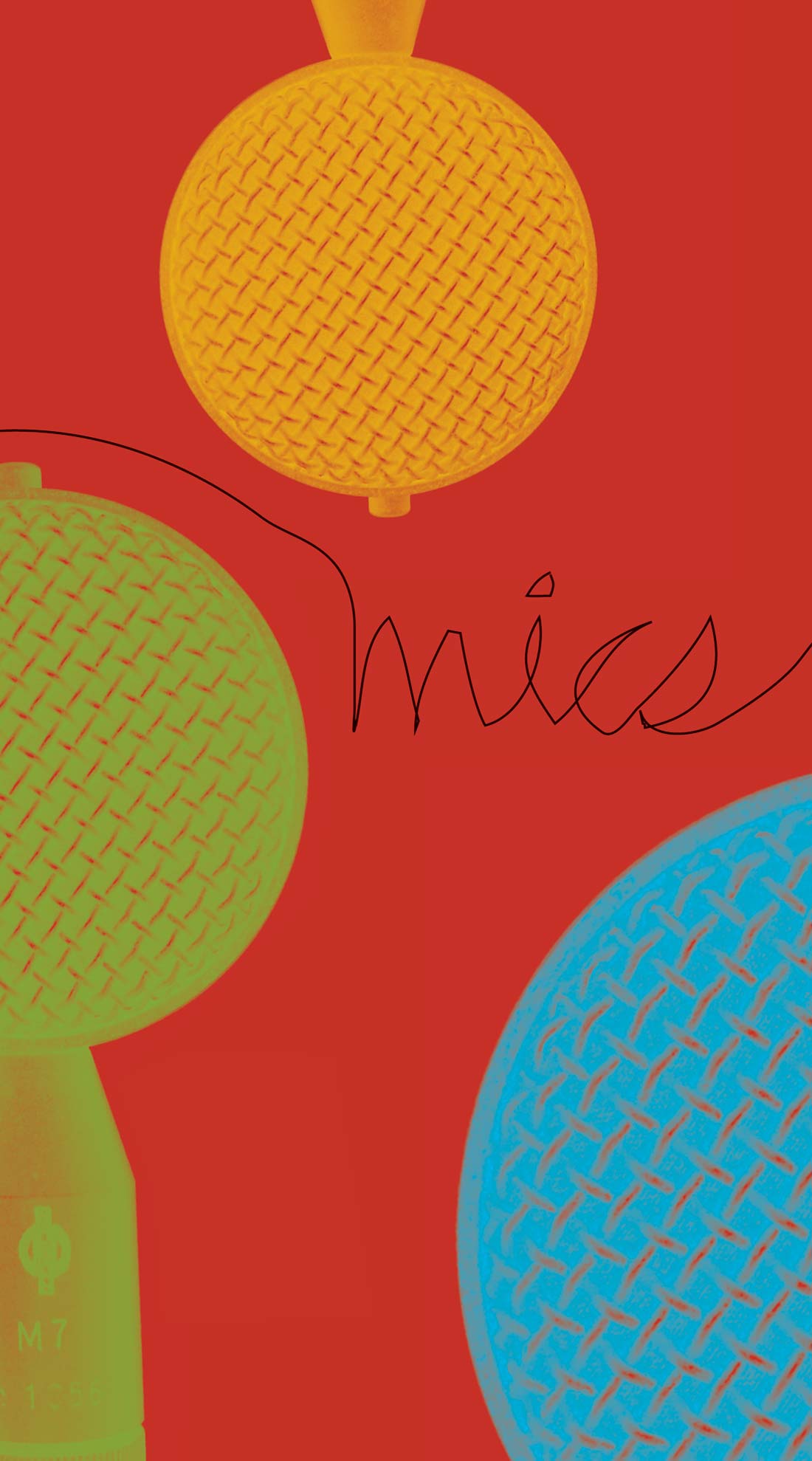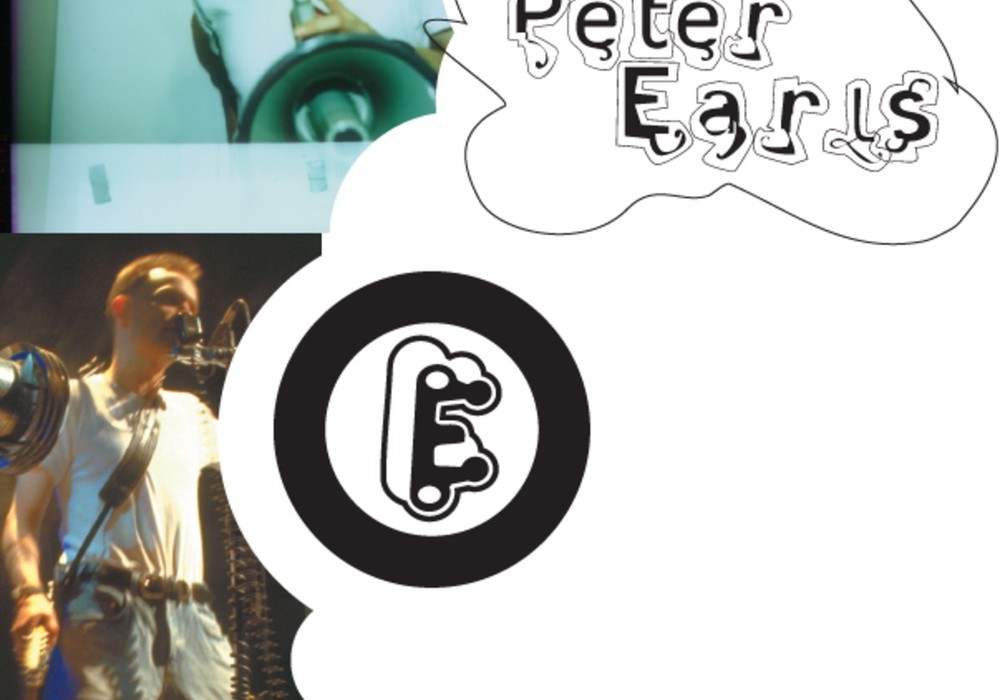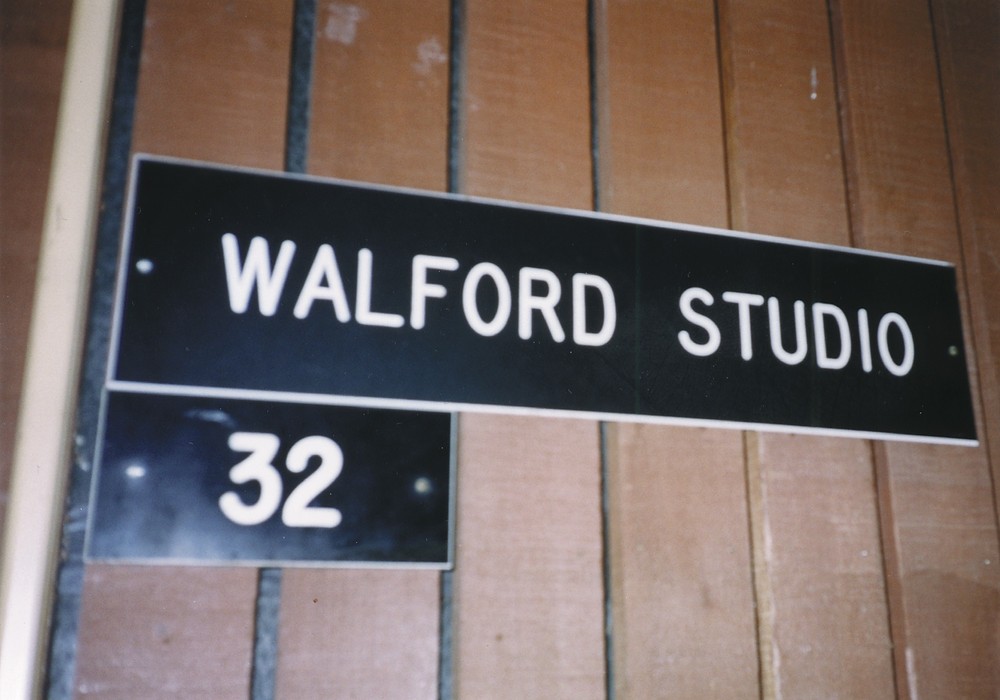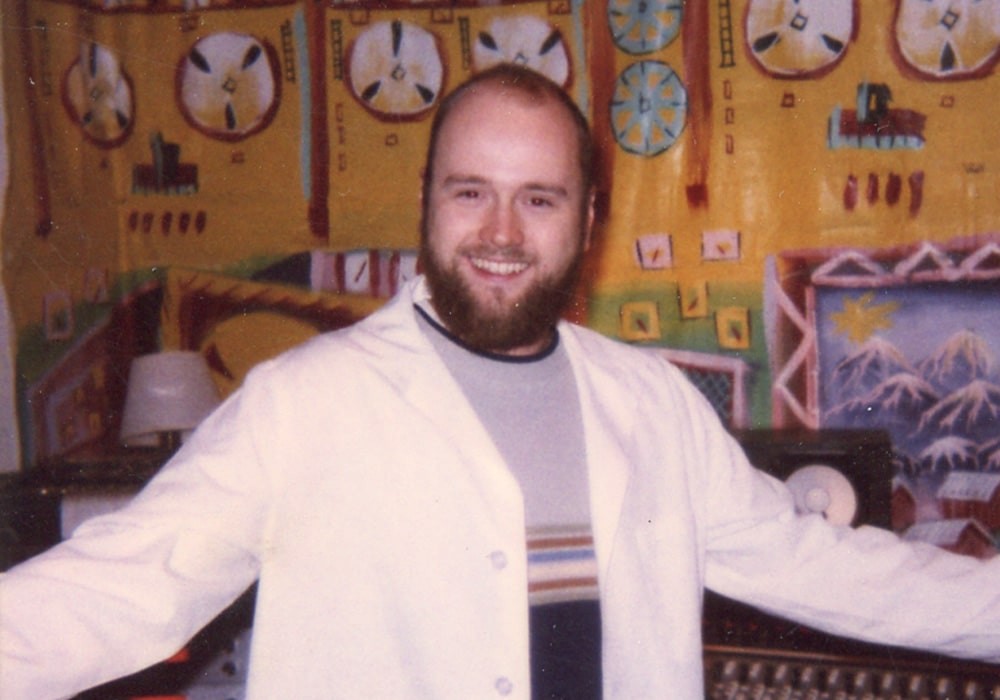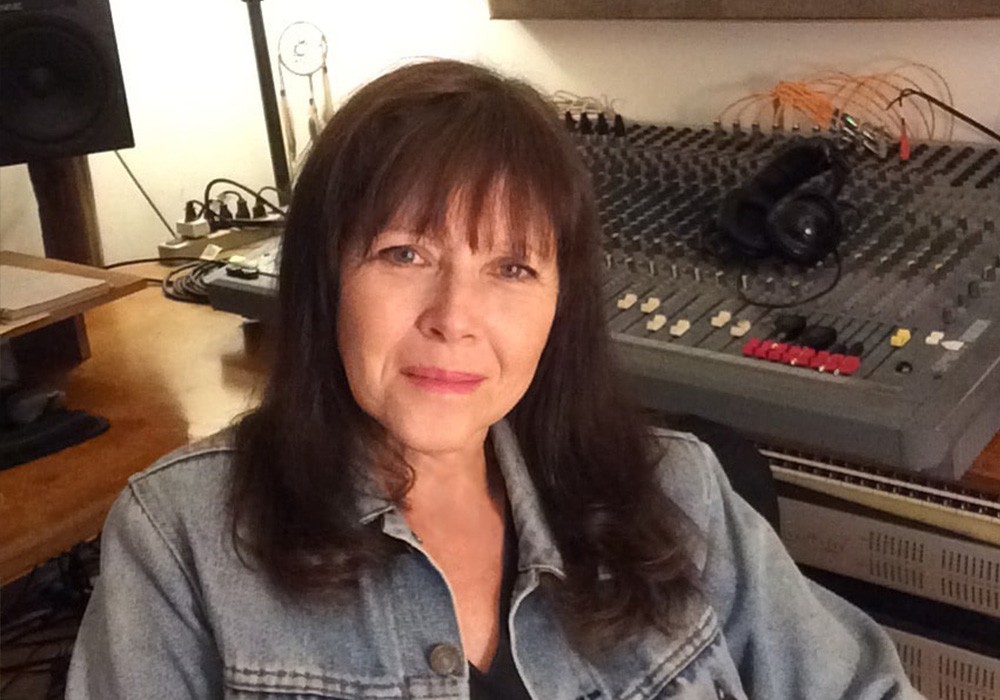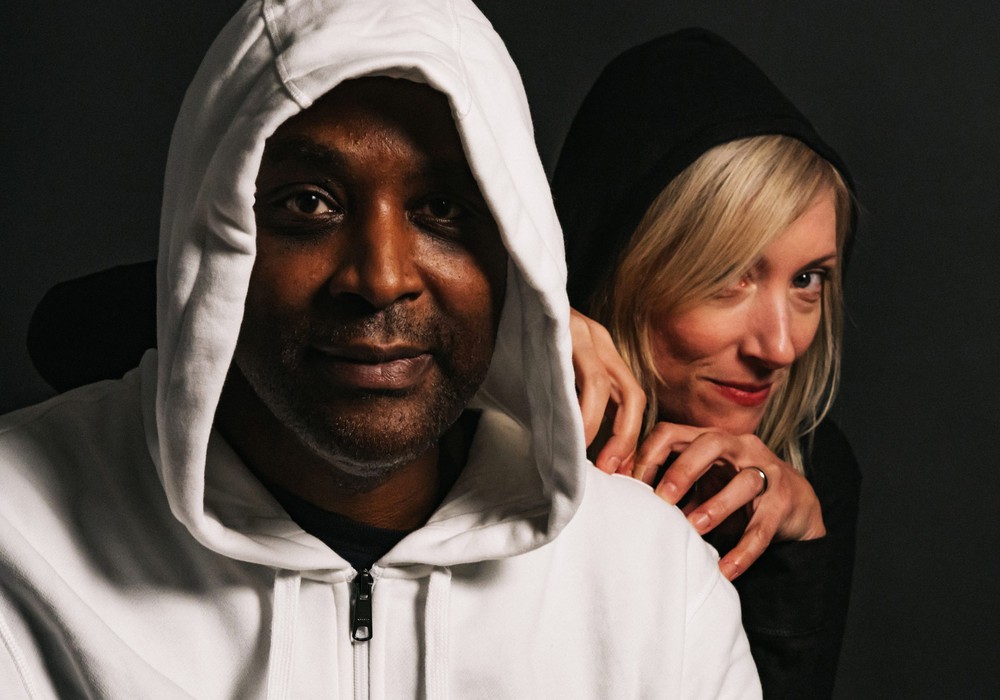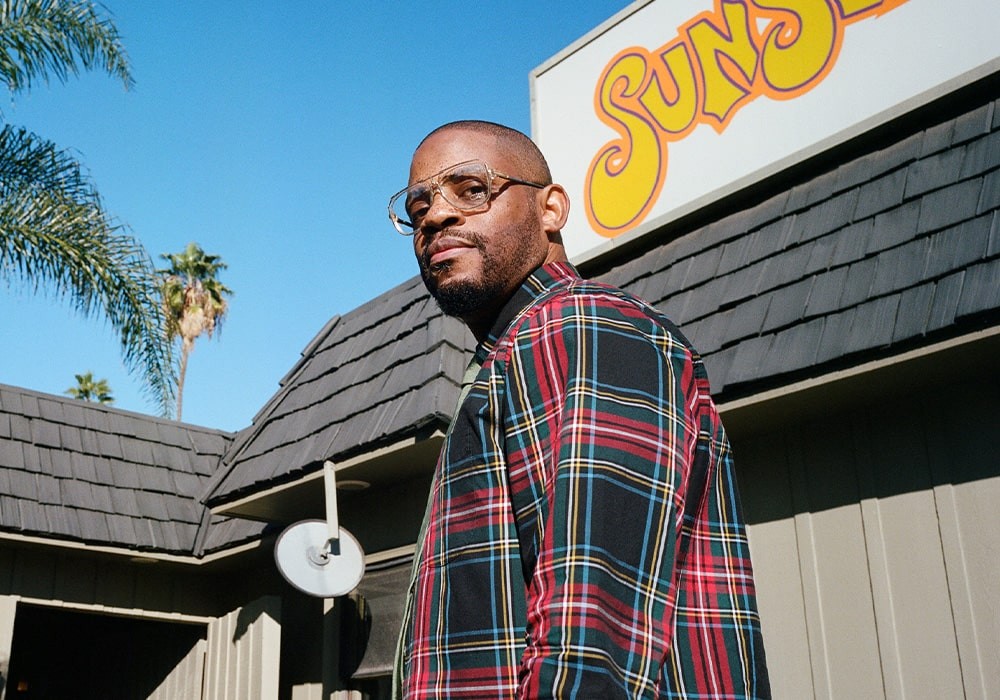As I was leaving my hotel room, three SUV's pulled up. The doors opened and out jumped ten or so kids in tight jeans, mesh shirts, cowboy hats, and Armani sunglasses.
These urban invaders, who seemed completely out of place in this quiet town, almost immediately began break-dancing on the hotel lobby floor. I was sure I'd recognized one of them from the posters I had seen taped up all over town, so I went up and introduced myself. Through the broken English and the squeaking of shoes, I gathered that they were doing a big show in town that night. This wouldn't have seemed unusual had I been anywhere but a small, rural town in the foothills of central Vietnam.
In December of 2004, I packed my bags, tuned my bicycle, and boarded a plane to Bangkok for two months of traveling in southeast Asia. I was looking forward not just to a break from Portland's dreary winter weather, but also from the engulfing nature of my work in the recording world. With my bike fully loaded, I set off for the quiet roads of Vietnam.
After traveling for several weeks, I found myself in another typical Vietnamese city where one main, paved road led through the middle of town. Big trucks barreled past me as chickens scurried across the road. In the center of the town was the local market where villagers came to sell their meat, produce, and Chinese-imported wares. In front of the market, a man was asleep at the wheel of a little hatchback. A few feet above his head, on the roof, was a bullhorn blaring Vietnamese pop music. The doors of his car were plastered with advertisements for that night's big show, and glamour shots of the latest wave of pop stars from Ho Chi Minh City.
By eight pm the whole town was gathered around the fenced-in field, handing over the necessary 20 Viet Dong to get in the doors. Imported trance music pumped out of the sound system as the band began to set up. The sound guy sat in front of a small Behringer board lit up by a naked light bulb. The light flickered with each thump of the music. By nine pm the band got on stage and began to play. As they started, the sound guy cursed the ground hum that broke up the guitar channel, and in frustration, he flicked his cigarette into the fence. The band forged onward, with a cover of Fleetwood Mac/Santana's "Black Magic Woman". Ten minutes later the guitar solo was still going and each member of the band still seemed confused as to what song they were supposed to be playing. This made it all the more shocking when one of the pop diva's jumped on to the stage and miraculously the music erupted into something coherent. The crowd cheered as she danced around the stage. By the second song, the guitar player was still shredding but this time I could hear no guitar in the song. The secret to the miraculous change in music was in the hands of the sound guy up front, who was agilely cuing up the next song. Lip-syncing seemed fitting to a culture where karaoke replaced American Idol in popularity. What really mattered to the audience was the singer, the rest was superfluous — just icing on the cake.
Upon arriving in Ho Chi Minh City, I wasn't sure if there was a recording community and musician culture surrounding it. Up until then, I had only found a karaoke pop culture and an older generation of folk musicians sponsored by the tourism council. I was convinced that if I dug a little deeper, especially in the developed, cell- phone sporting pop culture in Ho Chi Minh City, that I would find something of merit. Secretly in the back of my mind I was also hoping to find remnants of an old Soviet culture with some pre- Oktava mics, clunky old consoles, modified old military communications equipment, and possibly some old '50s gear that was bought prior to the communist take-over.
After having Googled "recording studios" and "Ho Chi Minh City" I found two studios that...
